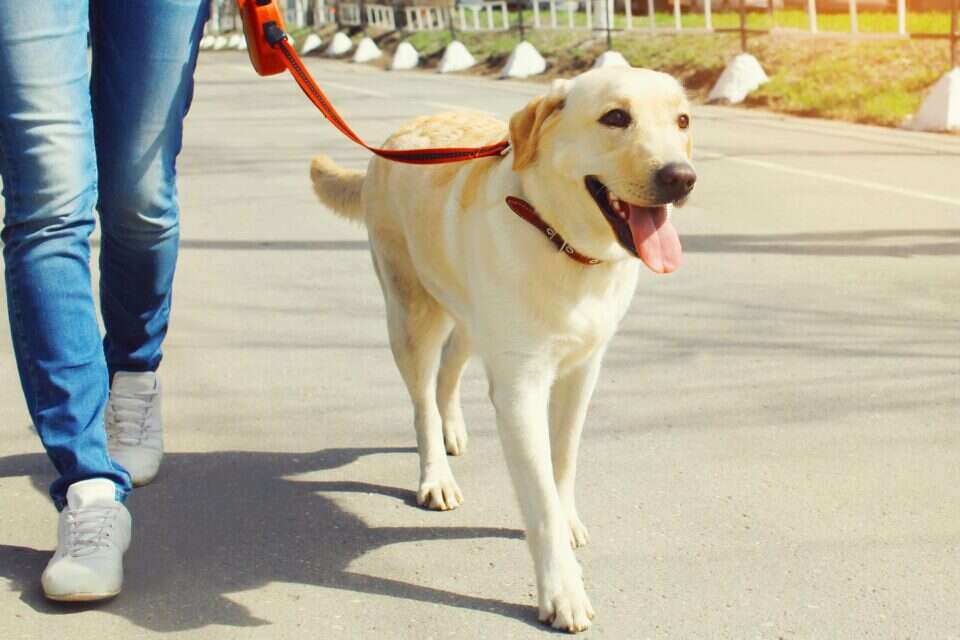Almost every child knows that a dog that wags its tail is an expression of happiness - especially when it does so near a person it knows, such as the owner and family members it enjoys playing with.
But a new meta-study by an international team of biologists has now attempted to decipher how and why this unique behavior evolved.
At the moment, there is no consensus that explains the appearance of the buttock tail, which is almost never seen in wolves or foxes - the dog's relatives.
However, preliminary domestication research offers clues.
For example, selectively bred silver foxes exhibit increased tail movement over time, and hormonal tests demonstrate that an energetic quiver correlates with physiological arousal.
The leading theories at the moment speculate that early dogs, taking advantage of humans' positive response to repetitive movements, experienced a kind of pressure to amplify the movement to emphasize it, and thereby human attention.
This improved not only communication aimed at humans, but also communication between dogs, which is important for thriving in close proximity to humans.
Essentially, it seems that what began as a subtle visual cue gradually increased and became what is today the most prominent and recognizable movement of dogs to express good feelings.
Similar to raising eyebrows among humans, tails offered dogs a channel to express emotion and coordinate with humans and other dogs.
However, more work remains to be done examining possible evolutionary drivers and timelines before this version can be truly scientifically confirmed.
were we wrong
We will fix it!
If you found an error in the article, we would appreciate it if you shared it with us

